What Is Sealant?
Important Point
The term “Sealant” can be simplified as “sealing elements”. Sealants are the materials, which are used to seal the progress of substance between two surfaces, or where two different characters meet.
In the civil engineering field, sealants are materials, which is used to block the passage of any fluid or fluid-like substances, which are progressing through the surfaces, or joints, or opening in materials, a type of mechanical seal.
The materials used for the manufacturing of sealants are the often chemical compounds, both organic or inorganic.
In building construction, the first stage is earth excavation, which is then followed by dewatering the trenches, laying of brick flat sloping and PCC layer, placing of reinforcement caging for the construction of footings, and finally the Concreting of foundations.
After the footings have been constructed, the construction of the column is done in the same manner, following placing of reinforcement cages for columns, shuttering, and finally Concreting.
After all the columns of the building had been concreted up to the first-floor level, the construction of beam & slab begins.
As most of the building nowadays adopts monolithic casting of floor beams and furniture due to the better loading resistance, the reinforcement caging for slabs and beams are placed, which is then followed by Concreting of floor beams and slab, simultaneously.
After the Concreting work is almost finished, the brick walls (in a framed structure, they are used as partition walls) are constructed, which is then followed by building finishes and additional works, such as plumbing, electrification etc.
In the construction of the building, many types of joints are observed (a joint is where two walls meet, two floors meet, or one wall and one floor meets, in a building).
Due to many reasons, in inadequate dewatering, faults in plumbing system etc., Accumulation of fluid may occur in those joints, resulting in increasing dampness of the building in the floors and the roof.
Due to this dampness, water patches will be observed on the building surfaces, and ultimately cracks appear. This propagation and leakage of water can be stopped by using specific adhesive chemicals compound, which is known as sealants.
In early times, mud, grass and seeds were used as waterproofing elements for building construction. Adhesive resins such as bitumen, tar, natural gum, wax etc. have been widely used for this purpose.
In the 17th Century, the first putty was applied to window joints to prevent the movement of the fluids.
Later, drying oils have been used for the manufacture of oil-based putty, which also acts as an efficient sealant.
In modern times, polymers, such as acrylic polymers, butyl polymers are widely adopted, because of it’s numerous applications. Polysulphide sealants, silicone-based sealants, polyutherene sealants, are popular choices of sealants.
Also, Read: Difference Between Formwork, Shuttering, Centering, Staging & Scaffolding
Functions of a Sealants
A sealant is a substance used to block the passage of fluids through the surface or joints or openings in materials, a type of mechanical seal.
In building construction sealant is sometimes synonymous with caulking and also serve the purposes of blocking dust, sound and heat transmission.
There are many functions of a joint sealant, some of which, have been mentioned below
- The primary function of a sealant is to seal the joints or to seal the top of a structured surface with the substrate situated under; thus it is used as a waterproofing material, it prevents spreading water by forming a membrane system.
- The sealants provide excellent thermal and acoustic insulation; thus, it is also a perfect choice as a fireproof material.
- They may have electrical characteristics as well, therefore used for simple shooting or filling.
- A joint sealant maintains its sealing property for its estimated lifetime.
- It is an economical approach to waterproofing purposes as the sealants do not cost much, can be found at any stores, can be applied quickly and effectively, and can last longer conserving its sealing properties.
- They are also being used in extreme weatherproof materials.
- In places where the amount of rainfall is very high, there are high chances that dampness will occur at the building due to the accumulation of rainwater.
- In such places, joint sealants are used as an integrated part of building construction, to waterproof the whole building.
Also, Read: What Is Crane | Different Types of Cranes
What Is Polysulphide Sealant?
Polysulphide sealants are the resins that basically provide a very flexible and also resistance that is chemically adhesive. The component ‘Polysulphide‘ resins were very commonly used in the form of construction sealants. Polysulphide sealants have a huge resistance to saltwater, ozone, sunlight, and files.
How to Make Polysulphide Adhesive?
Polysulphides are chemical compounds, consisting of chains of sulphur atoms. In chemistry, the term “polysulphide” refers to a class of polymers with hydrocarbons and several sulphur atoms. Polysulphides are a group of polymers, which can be synthesized by condensation polymerization.
Polysulphides ate invaluable in water, like and several other organic substances and fluids. Due to its insolubility in water, it can be widely used as a sealant for joint or fill sealing purposes such as in pavement, automotive window glasses, aircraft structures, as well different marine structures, and residential buildings.
Also, Read: What Is Glass Fiber Reinforced Gypsum | Applications of GFRG | Disadvantages of The GFRG Panel
Polysulphide Joint Sealant
Pour Grade is a two-component Polysulphide sealant. It is used for sealing expansion joints where large movement is anticipated in concrete construction and for joints between diverse construction materials.
As already mentioned earlier, polysulphide sealants are generally manufactured from Polysulphides. Often a tome epoxy can be used for preparing polysulphide sealants also.
Polysulphides and epoxy are two adhesive resins which provide higher toughness to sticky action and have increased flexibility as compared to pure epoxy.
Polysulphide resins are commonly used for sealing the construction joints and are known as construction sealants.
This compound shows high resistance against various weathering factors such as sunlight, saltwater, ozone, fuels, and ultraviolet rays.
Also, Read: Top 10 Construction Companies in India
Use of Polysulphide Joint Sealant
- The main uses of polysulphide sealants are to seal off different kinds of channels (as most of the time, the water accumulates and propagates through the tracks) and joints in construction processes.
It generates a strong seal within both the surfaces, thus minimizing the water leakage risk in several areas, damage or erosion.
- Polysulphide sealants can also be used for sealing in channels, in water reservoirs, culverts, dams, canals, and even little works like flood control waterways.
As polysulphide sealants are insoluble in water, their solving resistance makes this material perfectly suitable for the construction of marine structures.
- Polysulphide sealants are wife used in automotive and aerospace industries for the sealing of fuel tanks and fuselages in aircraft.
Since this type of sealant has a strong resistance to fuels and other types of chemicals, they provide a particular kind of lasting seal in components of the aviation industry.
Also, Read: What Is Pointing | Types of Pointing | Keyed Pointing
Advantages of Polysulphide Joint Sealant
- The main advantages polysulphides sealants are that it provides an effective adhesive action and high flexibility.
Pavements (airfield pavements also), there are greater chances of expansion and contraction due to temperature fluctuations and weathering effects.
So in such a case, the sealants provided between the joints must have high flexibility to accommodate itself with consequent expansion and contraction, taking place into pavements.
In the absence of that property, the purpose of the sealants is diminished.
- Due to its adhesion property, it is often incorporated initially in the construction procedures waterproofing material. In places where there is excessive rainfall, there are high chances of dampness in buildings, which can be resisted by installing polysulphide sealants In the construction phase.
Also, Read: Mivan Shuttering | Merit & Demerit Mivan Technology | Mivan Formwork Assembly Process
What Is Polyurethane Sealant?
- PU Sealant is a one-part, elastomer sealant based on urethane which cures at room temperature.
- It is mainly used in applications relating to assembling and sealing.
- For these applications, the product is referred to as adhesive sealant or polyurethane adhesive sealant.
How to Make Polyurethane Joint Sealant?
Polyutherene sealants are manufactured from the chemical compounds polyurethane. This polyurethane are used to manufacture high resilience foam coating, rigid foam insulation panels, gaskets, spray foam, etc.
Polyutherene consists of two types of monomers, which generally polymerase, one after another, so they are typically classed as copolymers.
Polyutherene is an organic material. Polyutherene joint sealant has high flexibility, adhesion strength, hardness, and can be manipulated according to its needs for use.
It’s mechanical strength, and tensile strength can be very high as compared to silicone. Polyutherene construction sealants have high ultraviolet resistance, this it is the most common type of sealants used for the construction of reactors and radiation shields.
Also, Read: What Is Dampness | Sources of Dampness in Building | Effects of Dampness in Building | Causes of Dampness
What Is Polyurethane Sealant Used for?
Polyutherene sealants are primarily applied for domestic waterproofing purposes. Most of the waterproofing sheet membrane system which is being used for the rooftop waterproofing, are manufactured from polyutherene.
It also provided good thermal insulation and chemical adhesion, which is why it is also used for fireproofing purposes.
Polyutherene sealants are used in joins of prefabricated building elements, in joints of rainwater collection pipes in the roofs, and for rain gutters.
They are also used for insulating the joints between precast concrete blocks, having excellent thermal insulating material.
Also, Read: Cantilever Bridge | Cantilever Bridge Advantages and Disadvantages | Cantilever Bridge Facts
Advantages of Polyurethane Joint Sealant
- Polyutherene sealant has high adhesion on any building materials, as it can be applied on surfaces of structural members.
- Polyutherene can primarily be used for both exteriors as well as interior works. As the material is not exposed to high temperatures, it can sufficiently withstand large swings.
- Whenever a polystyrene coating is applied, unlike any other joint sealants, it provides colouring of the polyutherene layer.
- The composition is chemically resistant, as it does not react with any chemical compounds, does not rust, and are resistant to precipitation.
Difference Between Polysulfide Sealant and Polyurethane Sealant
| Sr.No. | Polyurethane Sealant | Polysulfide Sealant |
| 1 | Polyurethane is the best sealant for the hull-to-deck joint. | Polysulfide sealants are designed for joints that need to withstand prolonged immersion in liquids |
| 2 | It is used in joints between prefabricated building elements, in joints of rainwater collection pipes on roofs and in rain gutters, insulating joints between precast concrete blocks and sealing of joints of aluminium pipes in HVAC (ventilation) sector. | It provides a seal which is totally waterproof and due to it, it minimizes the water leakage risk in the area, any kind of damage and erosion. |
| 3 | Polyurethane sealant is excellent bonding can be used without primer | Polysulfide sealant exhibits excellent chemical resistance |
| 4 | Polyurethane sealant is Good UV resistance | Polysulfide sealant is a good performance in submerged conditions. |
Best Polysulfide Sealant for Concrete Joints
When it comes to selecting the best polysulfide sealant for concrete joints, there are a few options available on the market that are highly regarded. Here are three commonly recommended polysulfide sealants known for their durability and effectiveness in sealing concrete joints:
- Sikaflex-2c SL: This is a two-component, self-leveling polysulfide-based sealant manufactured by Sika Corporation. It is widely used for horizontal concrete joints such as sidewalks, parking garages, and driveways. Sikaflex-2c SL offers excellent adhesion to concrete, high flexibility, and resistance to aging and weathering.
- MasterSeal CR 195: Produced by BASF, MasterSeal CR 195 is a single-component, gun-grade polysulfide sealant specifically designed for concrete applications. It provides a long-lasting seal for vertical and horizontal joints, offering good chemical resistance and adhesion to concrete surfaces. MasterSeal CR 195 is commonly used in applications like industrial floors, highways, and airport runways.
- Tremco Dymonic FC: Tremco Dymonic FC is a fast-curing, high-performance, and low-modulus polysulfide sealant manufactured by Tremco. It is suitable for both vertical and horizontal joints in concrete structures. Dymonic FC offers excellent adhesion, flexibility, and resistance to UV radiation and weathering, making it a popular choice for various construction projects.
Polyurethane Sealant for Windows and Doors
Polyurethane sealant is a popular choice for sealing windows and doors due to its excellent adhesive and sealing properties. It is a versatile material that can be used for both indoor and outdoor applications. Here’s some information about polyurethane sealant and its benefits for windows and doors:
- Adhesion: Polyurethane sealant provides strong adhesion to a variety of materials used in windows and doors, such as wood, metal, vinyl, and fiberglass. It forms a durable bond that helps prevent air and water infiltration.
- Flexibility: Polyurethane sealant remains flexible after curing, allowing it to accommodate the natural expansion and contraction of materials due to temperature changes. This flexibility helps to maintain the integrity of the seal over time.
- Weather resistance: Polyurethane sealant is highly resistant to weathering, UV radiation, and extreme temperatures. It can withstand exposure to sunlight, rain, snow, and other harsh environmental conditions without degrading or losing its sealing properties.
Polyurethane Sealant Application Tips and Techniques
Polyurethane sealant is a versatile material commonly used for sealing joints, gaps, and cracks in various applications, such as construction, automotive, and household projects. Here are some tips and techniques to help you apply polyurethane sealant effectively:
Surface Preparation:
- Clean the surface thoroughly by removing dirt, dust, oil, and other contaminants. Use a suitable cleaning agent and allow the surface to dry completely before applying the sealant.
- Remove any old sealant or caulk from the joint using a scraper or caulk remover tool.
Choosing the Right Sealant:
- Select a polyurethane sealant suitable for your specific application. Consider factors such as flexibility, weather resistance, and adhesion to different materials.
- Read the manufacturer’s instructions and recommendations to ensure the sealant is appropriate for the intended use.
Comparing Polysulfide Sealant and Polyurethane Sealant Properties
Polysulfide sealant is a type of sealant designed for joints that are required to withstand prolonged immersion in liquids. Polyurethane sealant is a type of sealant having single-component elastomeric sealant properties that tend to dry at humidity and at room temperature.
Difference between Polysulfide and Polyurethane Sealants
The key difference between polysulfide and polyurethane sealants is that polysulfide sealants are best for joints that require withstanding prolonged immersion in liquids, whereas polyurethane sealants are best for the hull-to-deck joint.
Polysulphide Sealant Uses
Polysulfide sealants are designed for joints that need to withstand prolonged immersion in liquids. Typical applications include swimming pools, fountains, cooling towers, fuel and chemical storage tanks, wastewater treatment and petrochemical plants.
Polysulphide Sealant for Expansion Joints
Polysulfide sealant is a type of sealant commonly used for expansion joints. It is a synthetic rubber-based material that offers excellent durability and flexibility, making it suitable for sealing joints that experience movement and expansion.
Here are some key characteristics and benefits of polysulfide sealants for expansion joints:
- Flexibility: Polysulfide sealants have high elongation and recovery properties, allowing them to accommodate joint movement without cracking or losing adhesion. They can handle both dynamic and static movements effectively.
- Chemical resistance: These sealants exhibit good resistance to a wide range of chemicals, including water, oil, fuels, and various solvents. This makes them suitable for use in different environments, such as industrial or outdoor settings.
- Weather resistance: Polysulfide sealants offer excellent resistance to UV radiation and weathering, ensuring long-term performance and durability in outdoor applications.
What Is Sealant?
Sealants are typically applied as a liquid or paste and then allowed to cure or harden, forming a flexible and protective barrier. They can be made from a variety of materials, including silicone, polyurethane, acrylic, rubber, or epoxy. The choice of sealant depends on the specific application and the properties required, such as flexibility, durability, resistance to temperature or chemicals, and adhesion to different surfaces.
What Is Polysulfide?
Polysulfide refers to a class of chemical compounds that contain chains or networks of sulfur atoms. These compounds are characterized by the presence of multiple sulfur atoms bonded together, typically with organic groups attached to the sulfur atoms. The general chemical formula for polysulfides is (RSx)n, where R represents an organic group, x denotes the number of sulfur atoms, and n represents the degree of polymerization.
What Is Polysulfide Used For?
Sodium polysulfides are used in the tanning industry to remove hair from hides; lime–sulfur and sulfurated potash, prepared by heating sulfur with lime and potash, respectively, are mixtures containing polysulfides, used as insecticides and pesticides.
What Does Concrete Sealer Do?
A good sealer will prolong the life of your concrete, enrich and preserve the appearance, provide protection against contaminants, stains, and moisture, and make it easier to clean and maintain your concrete.
What Is Polyurethane Sealant Used for?
Polyurethane sealers are flexible and versatile construction sealants appropriate for a number of surfaces like wood, metal, plastic, masonry, aluminum, stucco and much more. They’re water tight and flexible under any weather condition, making them perfect for sealing gaps and joints on the exterior of structures.
What Is Joint Sealant?
Joint sealants are used to seal joints and openings (gaps) between two or more substrates and are a critical component for building design and construction.
Like this post? Share it with your friends!
Suggested Read –
- bitumen vs tar
- Bond Beam Vs Lintel
- Deck Mud vs Concrete
- Nail Vs Screw | What Are Nail | What Is Screw
- Difference Between CPM and PERT | What Is CPM & PERT
- Top 10 Companies for Environmental Engineers to Work For
- Difference Between One Way Slab and Two Way Slab | What is Slab
- How is Concrete Made | What is Concrete | Components of Concrete | How to Mix Concrete
- What Is Roller Compacted Concrete | Advantages & Disadvantages Roller Compacted Concrete
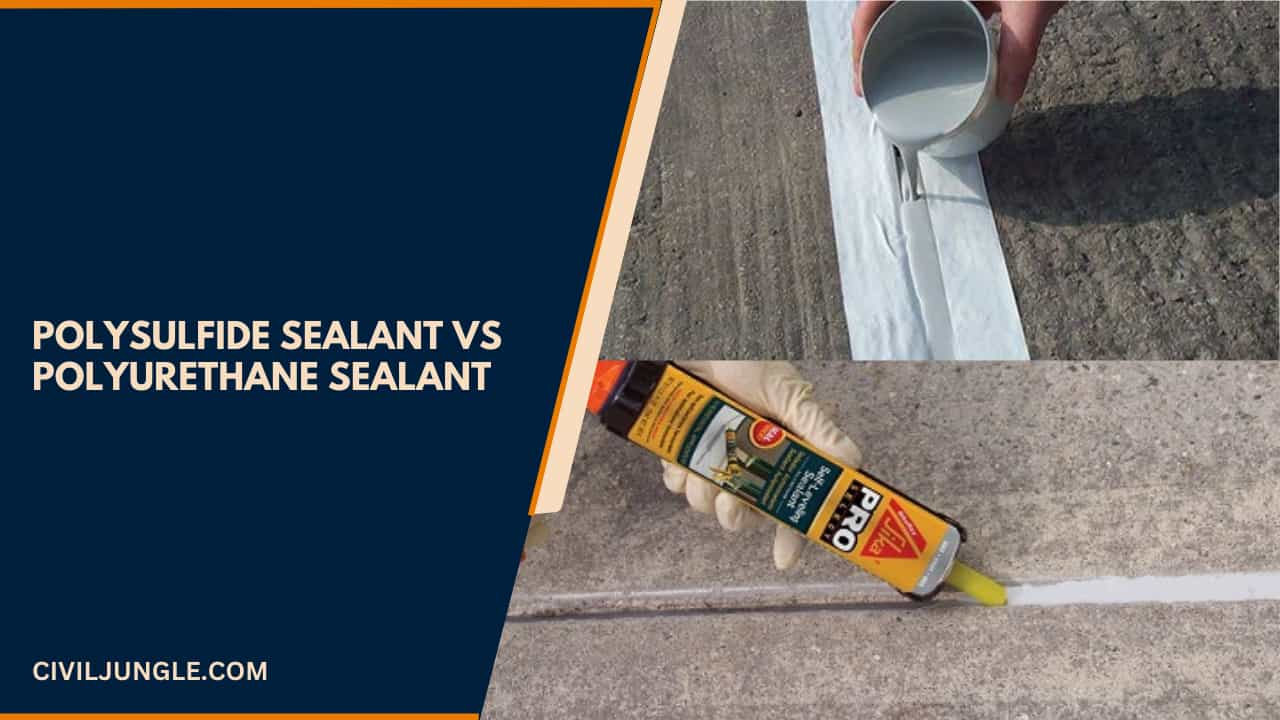

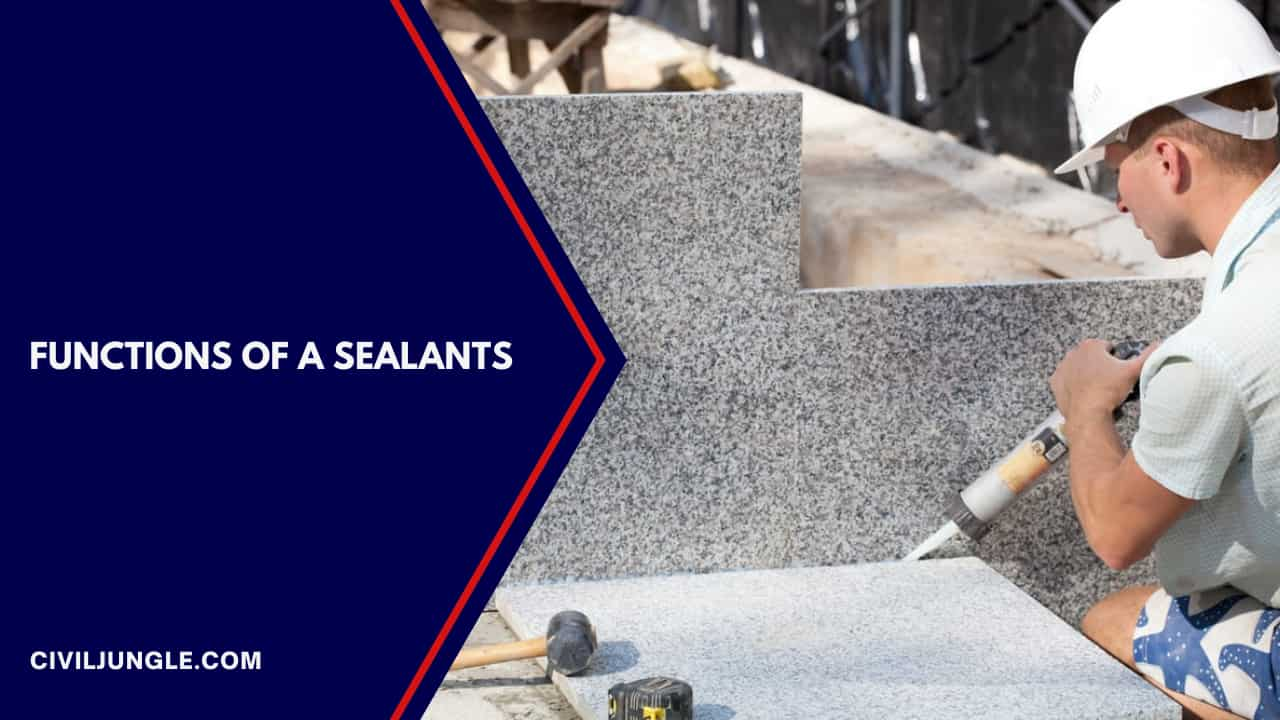
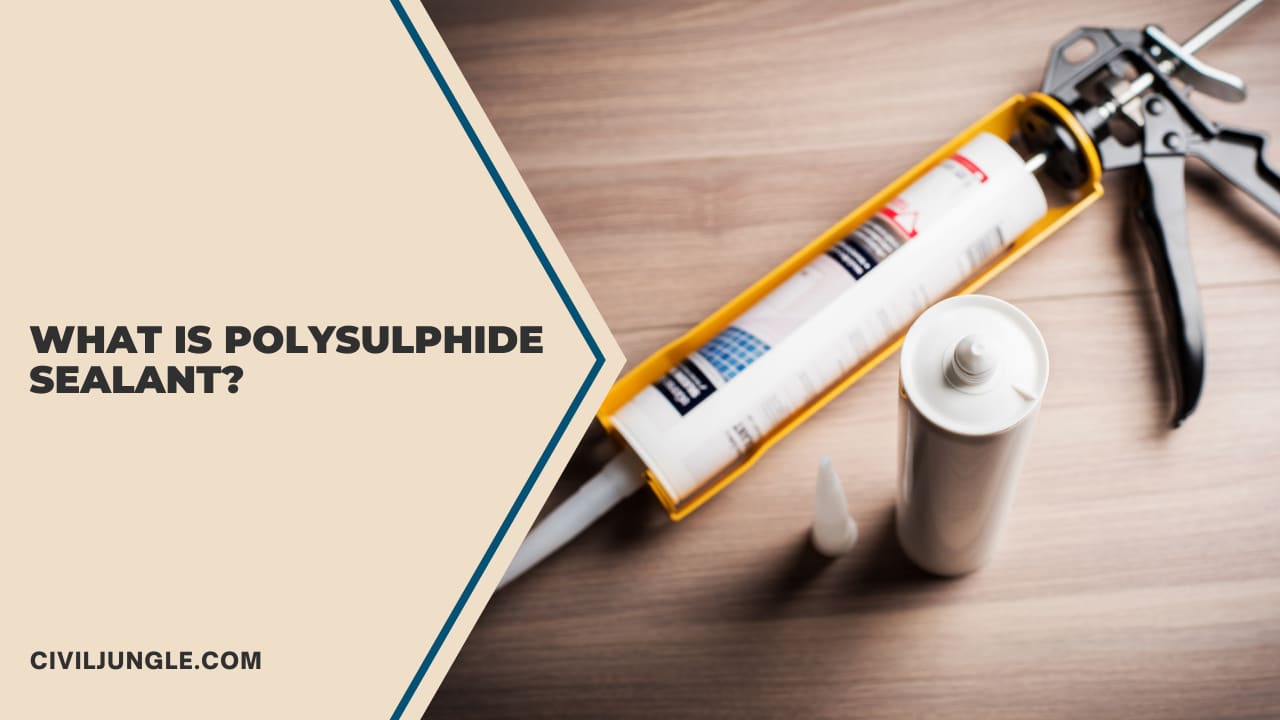
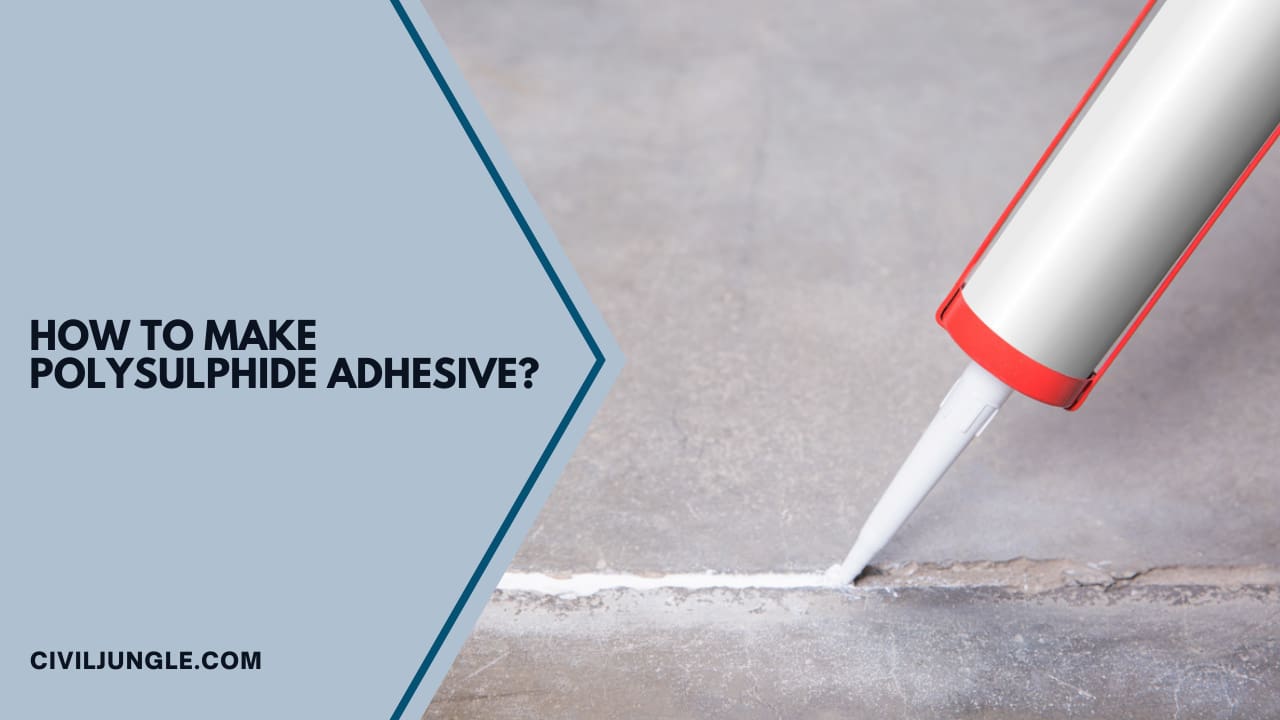
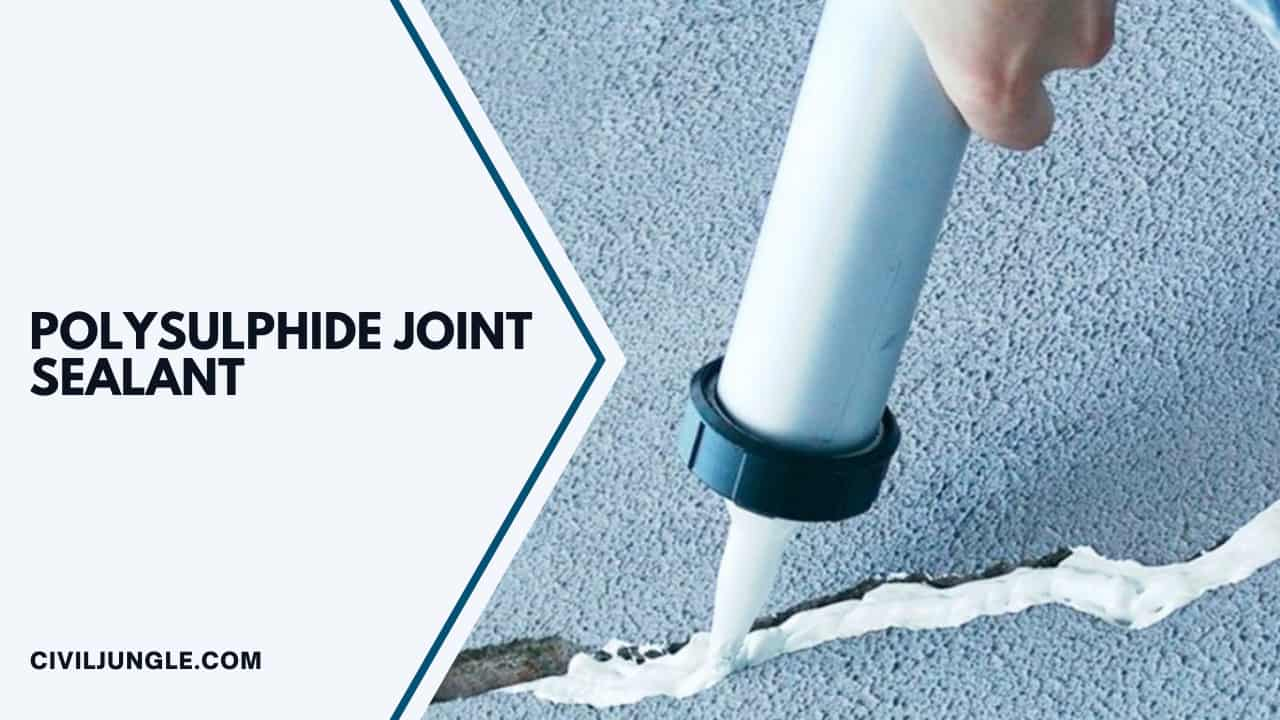
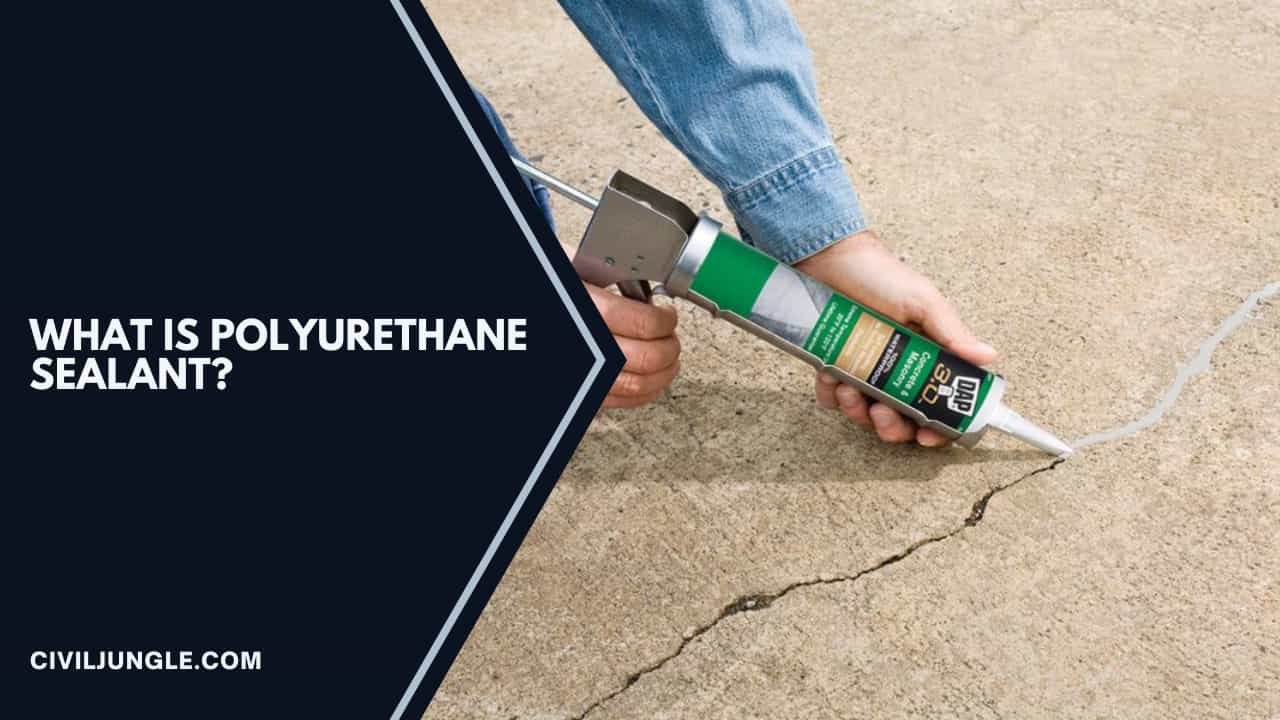
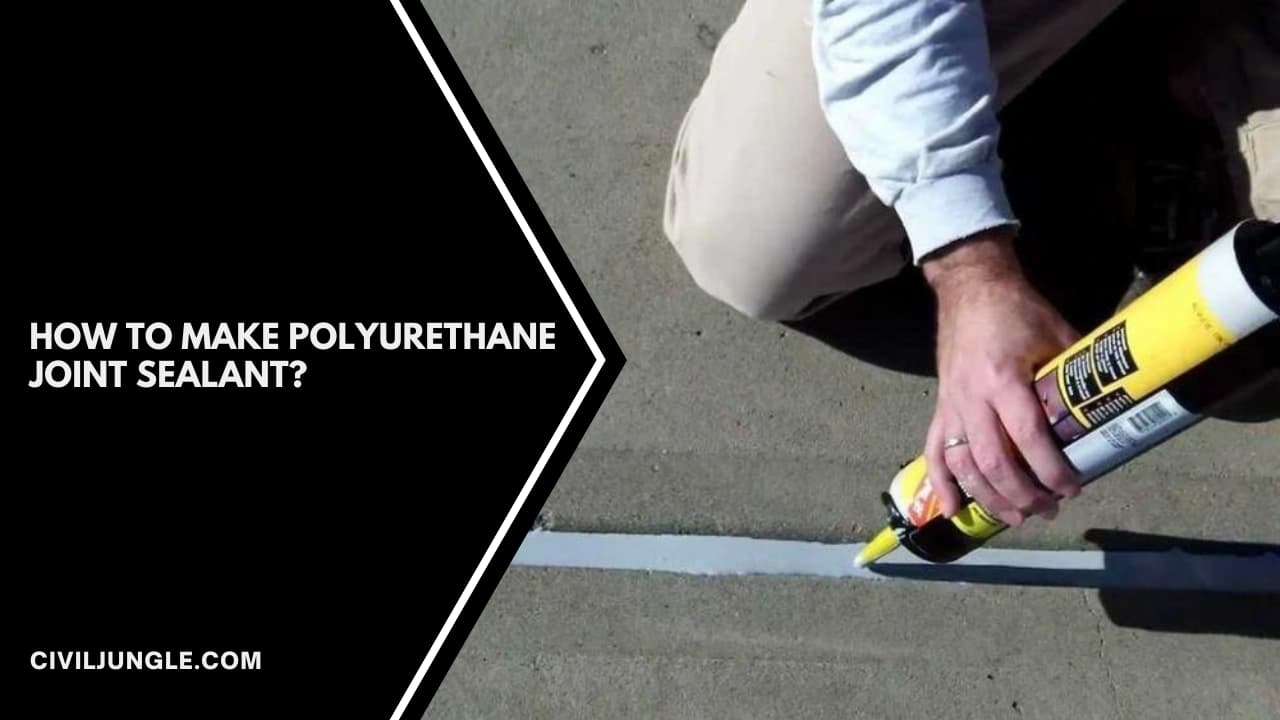
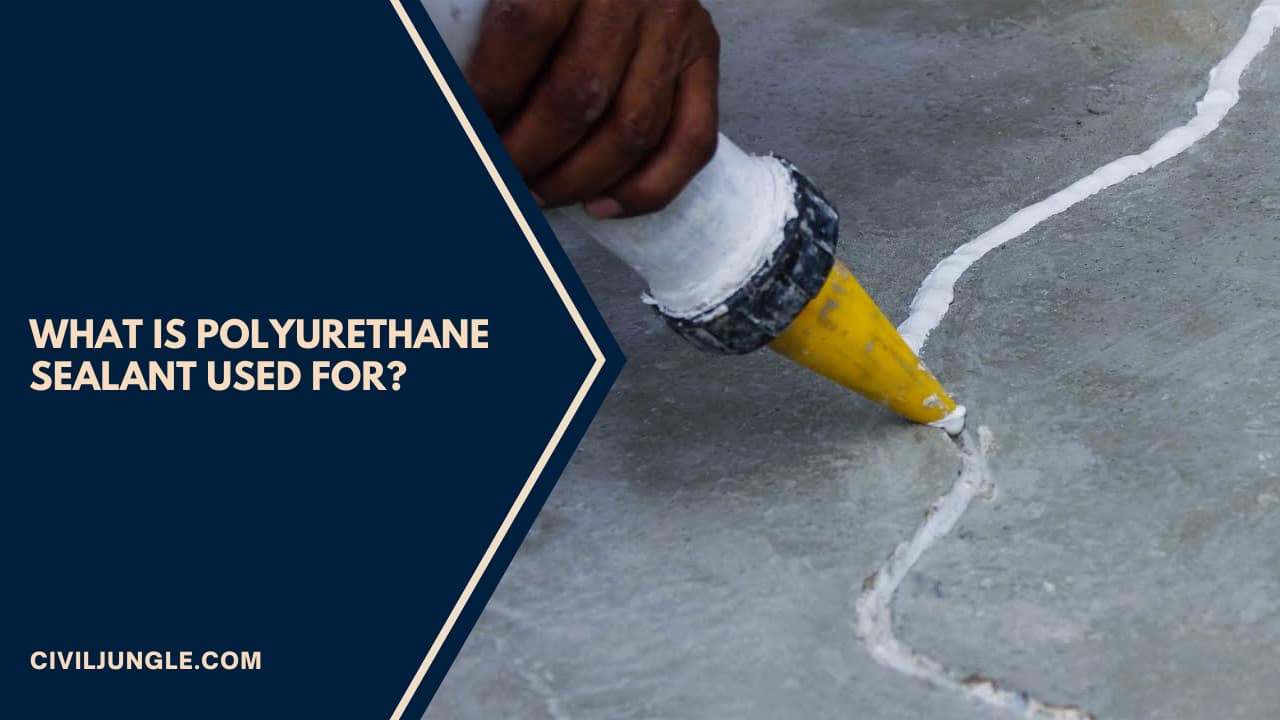

Leave a Reply